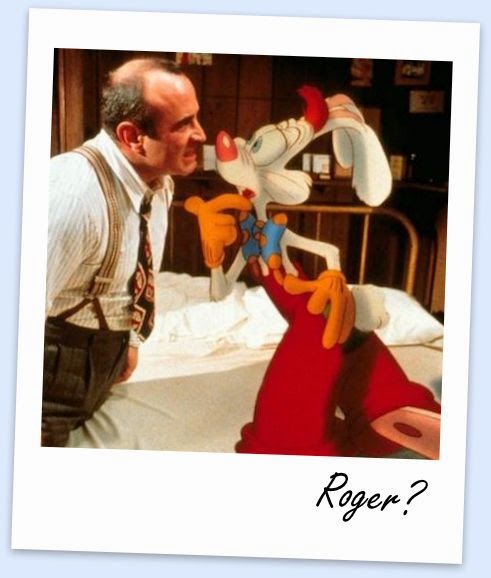Charles Dickens wrote in 1853, “in a utilitarian age, it is a matter of
grave importance that Fairy Tales should be respected.” Numerous
writers and artists seemed to concur.
Miss Potter invented the beloved
"Peter Rabbit" in an illustrated letter to a child, which shows how
fine a line divided the real and imaginary in her delicate vision.
To justify small indulgences they
feel silly about, parents often resort to an age-old ruse. They tell themselves
that what they want is "for the children." No one can use this
classic excuse for childlike pleasures more aptly than the writers and artists
who produce illustrated books for young readers.
Thomas Bewick, England's greatest
wood-engraver, invoked it when he turned out a charming natural history book
for children late in the eighteenth century. "My principal object,"
he explained, "was directed to the mental pleasure and improvement of
youth ... to lead them on till they become enamored of this innocent and delightful
pursuit." Finally, he confessed to
the reader what had been in it for him: "the great pleasure I felt in
imitating nature."
The latter half of the eighteenth
century saw the first boom in children's books. It fired an ongoing debate
about the nature of childhood and the kinds of images the young should see. On
the one side were those who thought children should be coaxed and disciplined
out of their playful fancies at every opportunity.
On the other were such forebears
of Romantic sensibility as William Blake, who saw imagination as an inborn gift
to be cultivated. The moralizers wanted the young steeped in the illustrated edifying
tales composed by well meaning gentlewomen like Mrs. Barbauld and Mrs.Trimmer,
who had a huge following among parents.
The partisans of imagination
thought it better to feed a child's fancy than starve it. Even Samuel Johnson
joined the debate, as his biographer Boswell notes: "Lady Rothes spoke of
the advantages children now derived from the little books published purposely
for their instruction. Johnson controverted it, asserting that at an early age
it was better to gratify curiosity with wonders than to attempt planting truth,
before the mind was prepared to receive it." Johnson held the view,
rather, that" 'Jack the Giant-Killer: 'Parismus and Parismenus: and 'The
Seven Champions of Christendom' were fitter for them than Mrs. Barbauld and
Mrs. Trimmer."

Johnson needn't have worried. The
Romantic era brought a rage for the waking dreams of the imagination. The
lovers of fantasy and fable in children's books won out.
Sir Arthur Conan Doyle went so
far as to try to prove that fairies exist in nature. Meanwhile, more than a hundred
artists, including Sir John Tenniel and Lewis Carroll himself, tried their hands
at illustrating Alice's Adventures in Wonderland. Perhaps everyone who reads it
secretly wants to illustrate it with his or her own imaginings. Here may be the
mark of the great fable, ancient or modern.
While the writer of fantasy can
advantageously develop an atmosphere of mystery or dream slowly, even
suspense-fully, the illustrator must set a fantastic scene all at once in each
image. One look into an Arthur Rackham drawing makes it clear: This is not
everyday reality.
But a gnarled, almost lurid drawing
style like Rackham's is not the only means to evoke another, parallel world.
Beatrix Potter's illustrations couldn't have a lighter touch, yet they are
completely transporting.
John Ruskin voiced a pleasure
countless world-weary adults must feel on gazing into the charmed realm of art
for children. His praise of Kate Greenaway fits as well the world of Beatrix
Potter, Arthur Rackham, John Tenniel, Walter Crane, and others. "And more
wonderful still-there are no gasworks! no waterworks, no mowing machines, no
sewing machines, no telegraph poles, no vestige, in fact, of science, civilization,
economical arrangements, or commercial enterprise!!!" Let us dream on.











